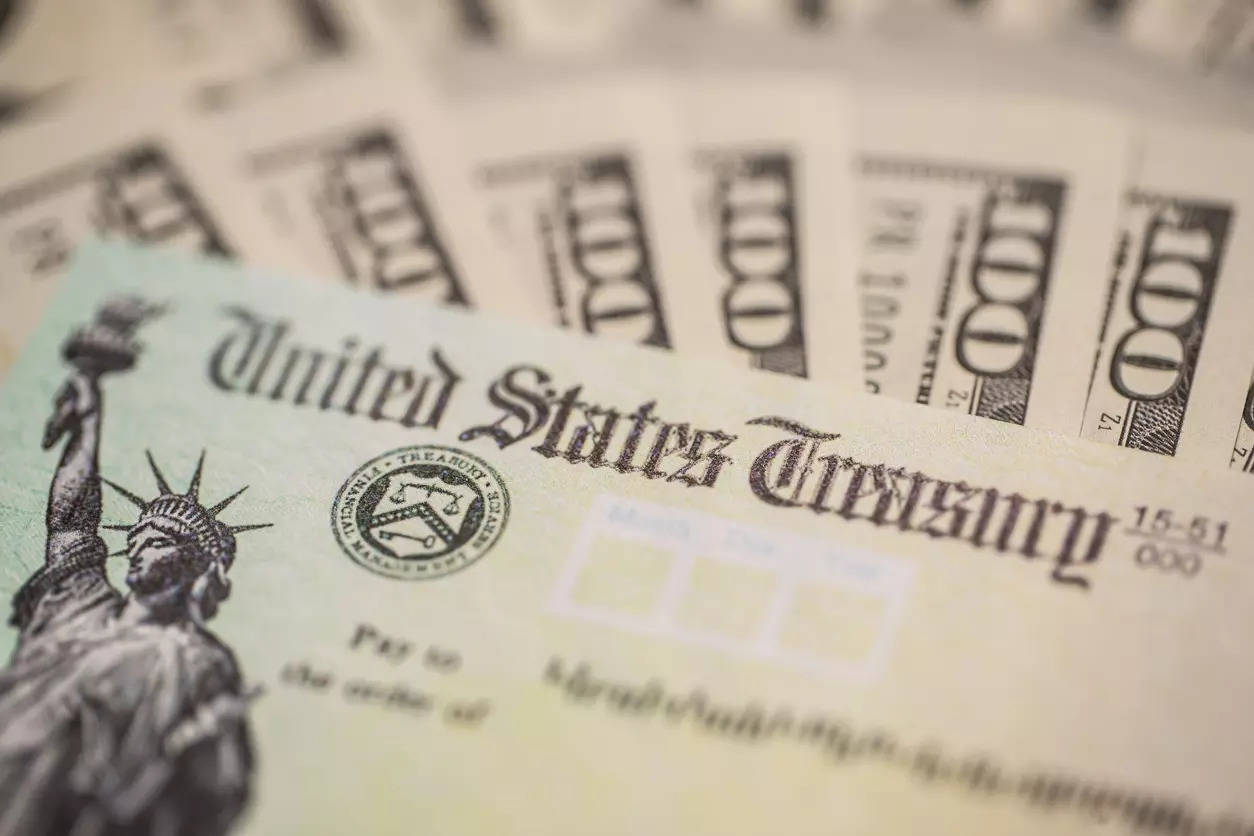The hotter-than-expected reading – in which retail sales rose 0.7% last month, more than double the 0.3% expected by economists polled by Reuters – followed data last week that suggested inflation remains stickier than markets had expected.
Futures markets are now pricing in 41 basis points in rate cuts by the end of December, down from more than 160 basis points in expected cuts at the start of the year.
“The market narrative has shifted to this idea of ‘How can the Fed really cut when the economy is moving along this strong?’,” said Charlier Ripley, senior investment strategist for Allianz Investment Management.
Yields had risen earlier in the session on concerns that supply chains would slow and energy prices would jump following Iran’s drone and missile attack on Israel on Saturday.
“The escalation of the conflict in the Middle East has contributed further to the inflationary angst that is defining the U.S. rates market at the moment,” said Ian Lyngen, head of U.S. rates strategy at BMO Capital Markets. “The stickiness of realized inflation demonstrated via the Q1 data has only served to reinforce concerns that there is another leg higher in the offing.”The yield on 10-year Treasury notes was up 13.5 basis points at 4.634%. The yield on the 30-year Treasury bond was up 13.1 basis points at 4.734%.The two-year U.S. Treasury yield, which typically moves in step with interest rate expectations, was up 7 basis points at 4.952%.
Comments by New York Federal Reserve President John Williams, who said in a Bloomberg TV interview Monday morning that inflation is not at a turning point and that he still sees rate cuts this year, helped limit the sell-off.
A weaker-than-expected reading in the New York Fed’s Empire State Manufacturing Index and an unchanged reading of homebuilder confidence after four months of gains also offered support for Treasuries.




